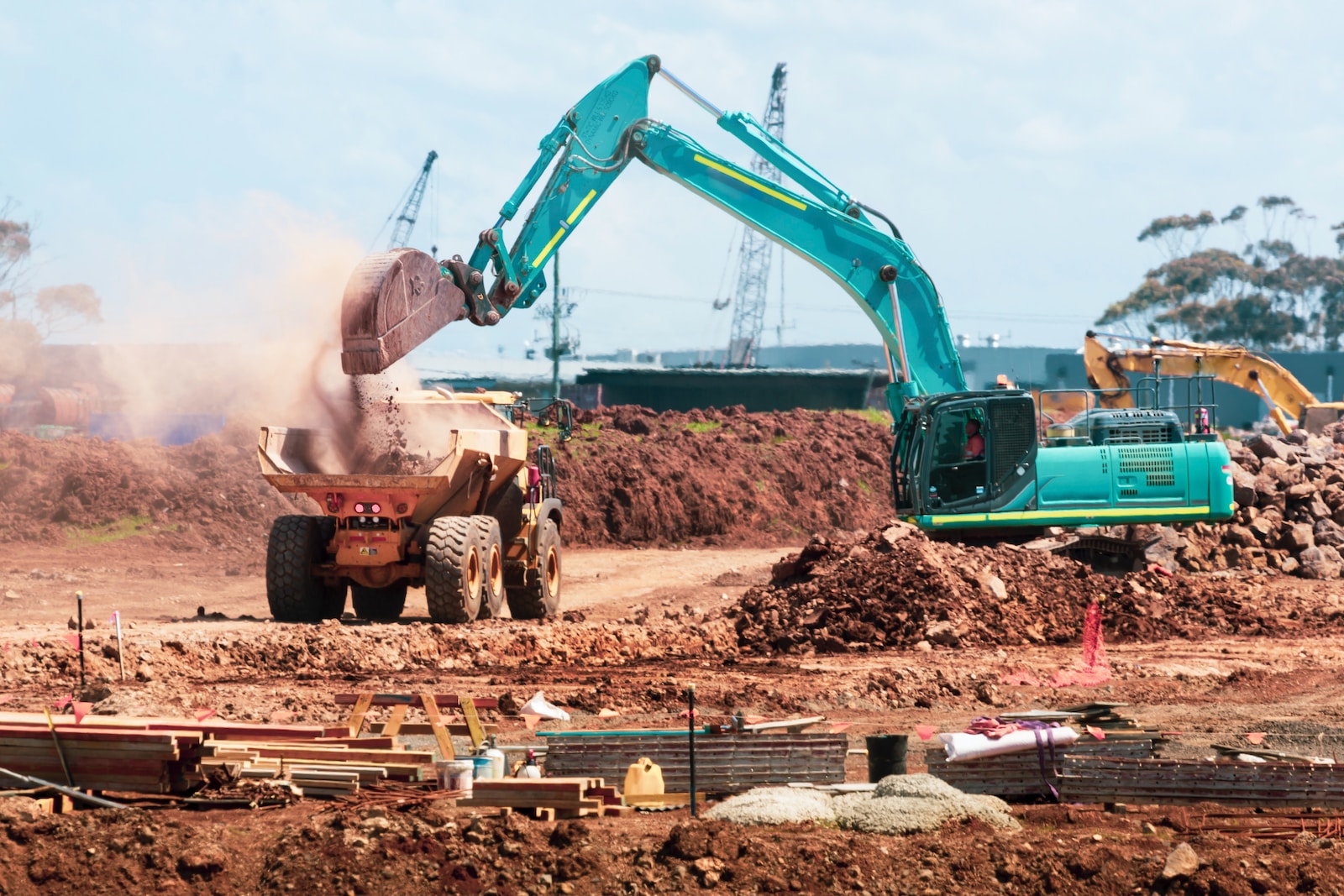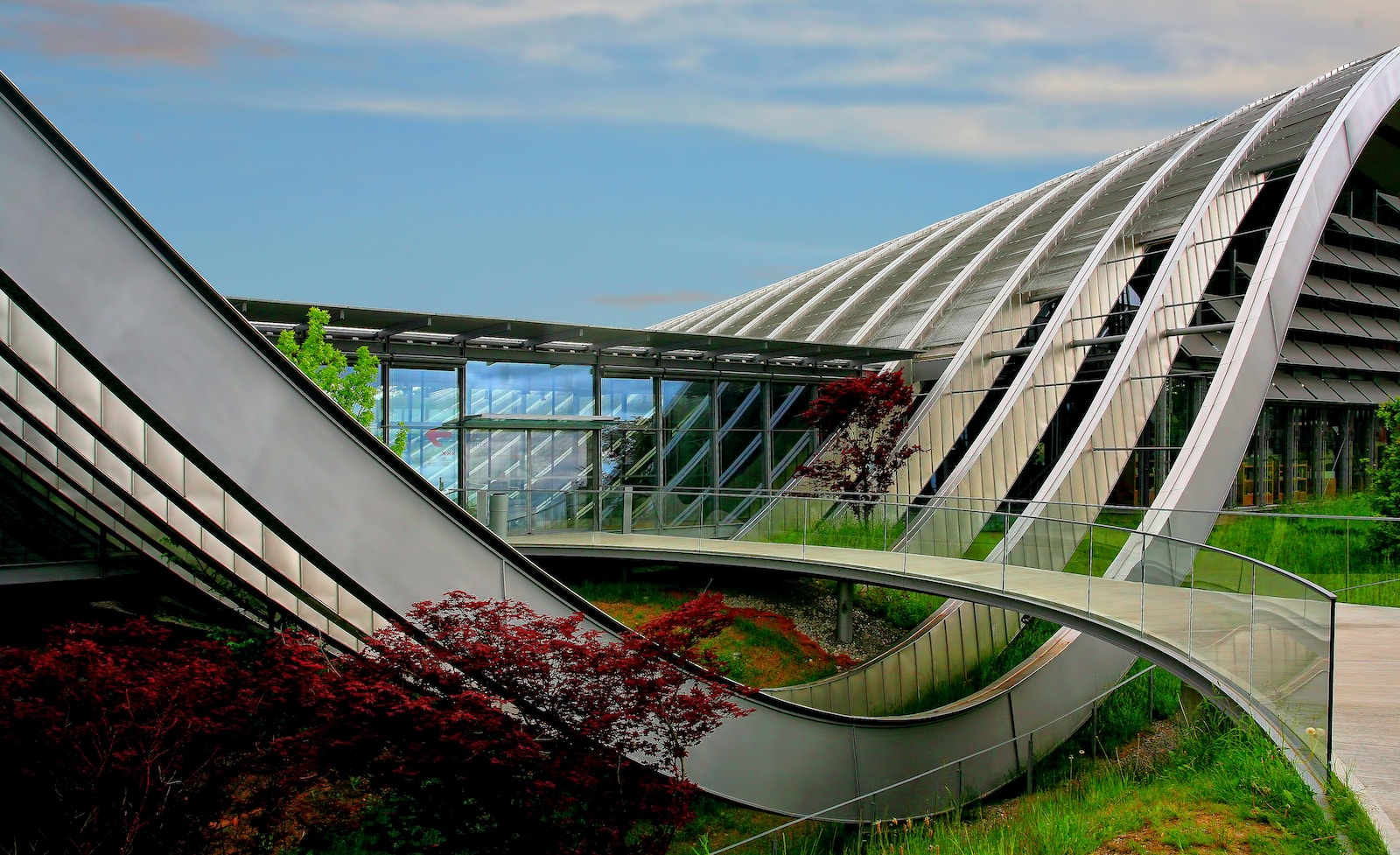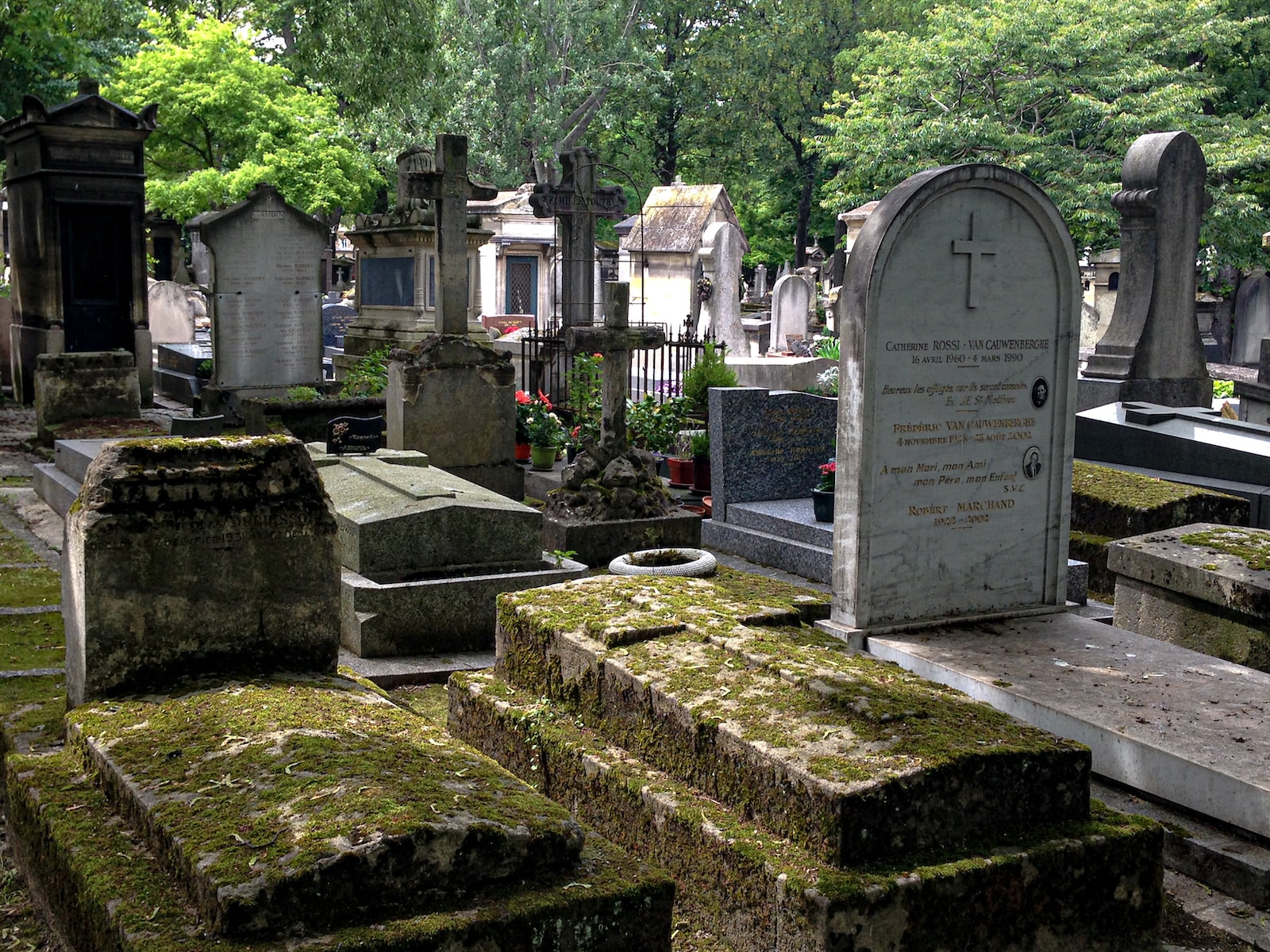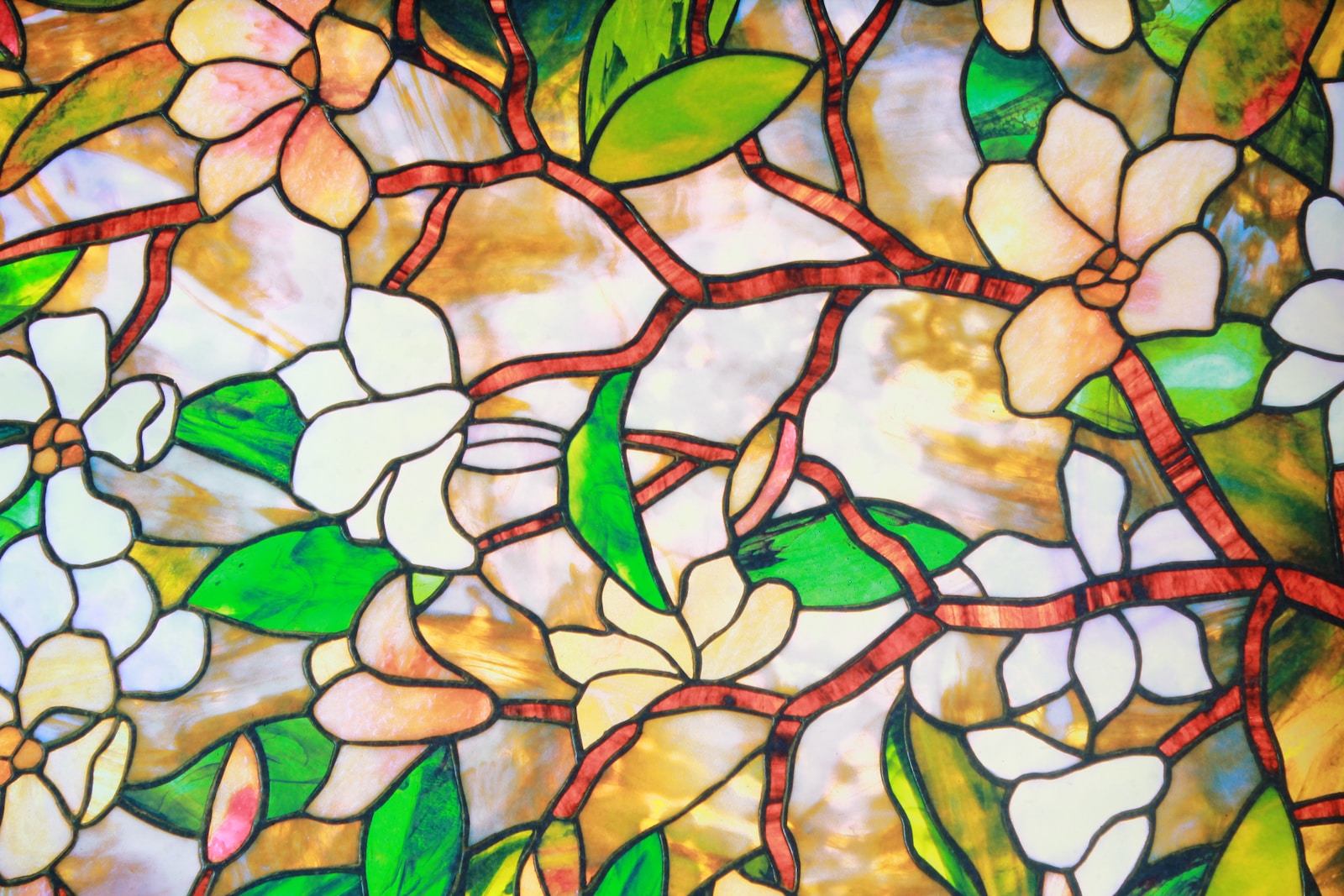Are you intrigued by the gritty and raw beauty of construction sites? Do you want to capture the essence of the industrial world through your photography? Look no further! This blog is your ultimate guide to shooting on construction sites. From safety considerations to unique compositions and storytelling opportunities, we’ll cover it all. Join us as we delve into the fascinating world of documenting the rust and dust.
Table of Contents
- Exploring the Elements of Interest
- Safety Considerations: Protecting Yourself and Your Gear
- Telling Stories Through Construction Photography
- A How-to Guide: Tips and Techniques for Documenting Construction Sites
- Frequently Asked Questions
- 1. Why should I consider shooting on construction sites?
- 2. What safety precautions should I take when shooting on construction sites?
- 3. What elements of interest can I incorporate into my construction site photography?
- 4. How can I capture unique compositions on construction sites?
- 5. Are there storytelling opportunities in construction site photography?
- Wrap Up
Exploring the Elements of Interest
Construction sites offer a myriad of elements that can add depth and interest to your photographs. From towering cranes to scaffolding and heavy machinery, there is no shortage of captivating subjects to capture. Embrace the textures of rusted metal, peeling paint, and intricately woven wires. Experiment with capturing the contrast between dainty construction signs and the imposing structures that surround them. Incorporating these elements of interest will bring your photos to life and showcase the true essence of a construction site.
The Beauty of Urban Decay
One of the remarkable aspects of construction sites is the beauty found within the decay. Dilapidated structures and decaying materials create intriguing compositions and tell a story of transformation. Explore the beauty of peeling wallpaper, crumbled rubble, and exposed brickwork. These elements can add character and a touch of nostalgia to your photographs. Don’t shy away from the imperfections; embrace them and let them become the focal point of your visual narrative.
Storytelling Through Photography
Photography is a powerful storytelling tool, and construction sites offer a wealth of narratives to capture. Each site has its own unique story, be it the transformation of an abandoned building or the creation of a new architectural masterpiece. Look beyond the obvious and seek out the human element within these spaces. Capture the intense concentration on a worker’s face or the camaraderie between colleagues. These moments of connection will add depth and emotion to your photographs, allowing viewers to truly engage with your work.
Mastering Unique Compositions
Construction sites provide endless opportunities to experiment with composition and perspective. Use leading lines to draw the viewer’s eye towards the main subject, creating a sense of depth and movement. Play with different angles and viewpoints to showcase the scale and grandeur of the structures. Capture reflections in mirrored surfaces or frame your subject within the surrounding architecture. By mastering unique compositions, you can create visually striking images that leave a lasting impression.
Safety Considerations: Protecting Yourself and Your Gear
Documenting construction sites comes with its own set of challenges, particularly regarding safety. Before setting foot on a site, ensure you have the necessary permissions and follow all safety protocols. Equip yourself with protective gear such as hard hats, high-visibility vests, and steel-toe boots. Construction sites can be hazardous, so it’s vital to be aware of your surroundings at all times. Take precautions to protect your photography equipment from dust, debris, and potential accidents. Safety should always be your top priority when shooting in these environments.
Did you know that the Empire State Building in New York City was constructed in just 11 months and 1 week?
Telling Stories Through Construction Photography
Construction sites are not just a collection of materials and machinery but a stage where stories unfold. By incorporating the elements of interest, embracing urban decay, and mastering unique compositions, you can capture the essence of these sites and transform them into visual narratives. Remember to always prioritize safety and be respectful of the environment you are working in. So grab your camera, embark on this exciting journey, and unleash your storytelling potential through construction photography.
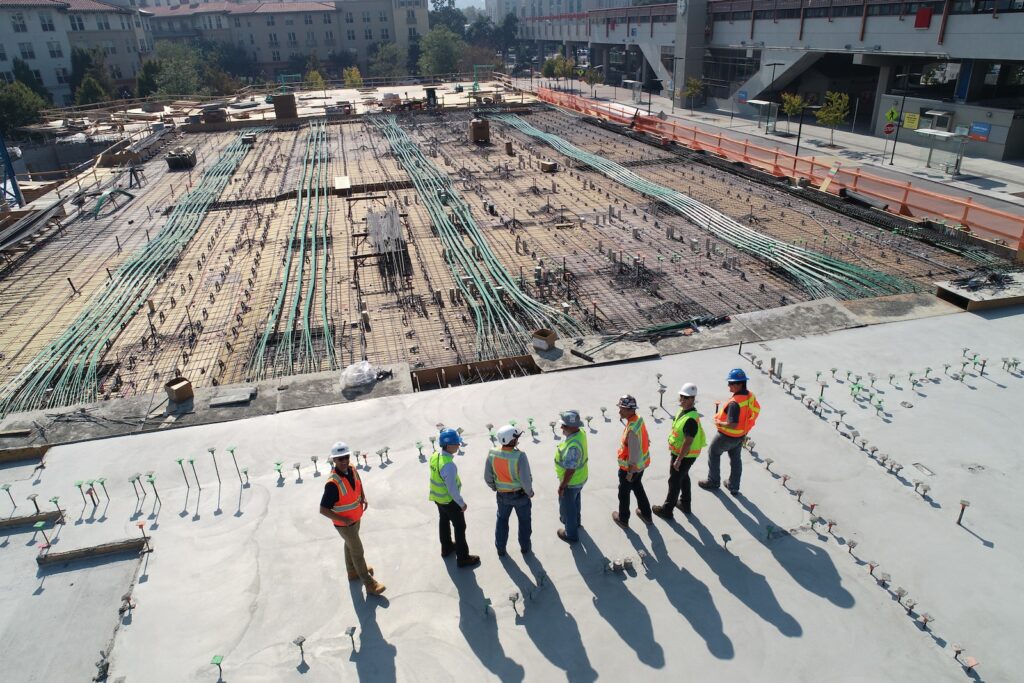
A How-to Guide: Tips and Techniques for Documenting Construction Sites
Documenting construction sites through photography can be an exhilarating and rewarding experience. It allows you to capture the energy, the chaos, and the story behind the raw materials transforming into magnificent structures. In this guide, we will cover some essential tips and techniques to help you capture compelling images of construction sites.
1. Safety First – Prioritize your well-being
When shooting on construction sites, safety should always be your top concern. Familiarize yourself with the site rules and regulations, and follow the instructions provided by the construction team. Wear necessary safety attire, such as hard hats, vests, and steel-toe boots. Remember, construction sites can be hazardous, so remain alert and stay away from restricted areas.
2. Find Elements of Interest – Seek out unique compositions
Construction sites offer various elements that can add interest and storytelling to your photographs. Look for contrasts between old and new, patterns created by equipment or materials, and lines leading the viewer’s eyes through the frame. These elements can create impactful and visually pleasing compositions.
3. Plan Your Shoot – Consider the time and weather
Choosing the right time to shoot can make a significant difference in the mood and lighting of your photographs. Early morning or late afternoon tend to provide softer light and longer shadows, adding depth to your images. Consider visiting the site at different times to capture the changes throughout the day. Additionally, keep an eye on the weather forecast to take advantage of dramatic skies or unique atmospheric conditions.
4. Storytelling Opportunities – Capture the progression
Construction sites have a captivating narrative. Look for opportunities to tell a story through your photographs. Focus on capturing the various stages of construction – from the initial ground preparation to the final touches. Include shots of workers in action, showcasing their skills and dedication. Also, photograph any unexpected moments that add a human touch to the otherwise mechanical process.
5. Experiment with Perspectives – Think outside the box
Don’t be afraid to explore different angles and perspectives to make your images standout. Get low to capture ground-level details or climb to higher vantage points for an aerial view. Consider using a wide-angle lens to emphasize the vastness of the construction site or a telephoto lens to isolate specific elements. Allow your creativity to guide you.
Remember, documenting construction sites is about capturing the essence of the project, showcasing the effort, skill, and transformation. Apply these tips and techniques to create stunning photographs that tell the story of the rust and dust in a unique and compelling way.
Frequently Asked Questions
1. Why should I consider shooting on construction sites?
Construction sites provide a unique opportunity to capture the raw beauty of urban development. With their mix of heavy machinery, structures in progress, and bustling activity, construction sites offer endless possibilities for stunning and dynamic photographs.
2. What safety precautions should I take when shooting on construction sites?
Prioritize safety when shooting on construction sites. Always wear proper personal protective equipment (PPE) such as hard hats and high-visibility vests. Follow any safety guidelines or restrictions provided by site managers, and stay away from restricted areas or hazardous zones. It’s essential to be aware of your surroundings and exercise caution at all times.
3. What elements of interest can I incorporate into my construction site photography?
There are several elements you can focus on to make your construction site photography captivating. These include the juxtaposition of heavy machinery against urban landscapes, the textures of construction materials, the interplay of light and shadows on structures, and the presence of workers amidst the construction process.
4. How can I capture unique compositions on construction sites?
To capture unique compositions on construction sites, try experimenting with different angles and perspectives. Consider shooting from high vantage points or getting up close to capture intricate details. Look for patterns, lines, and interesting shapes within the construction site environment to create visually compelling compositions.
5. Are there storytelling opportunities in construction site photography?
Absolutely! Construction sites are rich in storytelling opportunities. By documenting different stages of construction, you can showcase the transformation of spaces over time. Additionally, capturing the interactions between workers and machinery or the dedication and craftsmanship involved in the construction process can add a human element to your storytelling.
Wrap Up
Documenting construction sites can be a thrilling and rewarding experience for photographers. By following safety precautions, seeking out unique compositions, and capturing the story behind the rust and dust, you can create captivating images that tell a story.
Remember to always prioritize safety and respect the rules and regulations of construction sites. Take advantage of elements of interest like machinery, workers, and architectural details to create visually stunning photographs. Embrace storytelling and use your images to convey the narrative of the construction process.
We hope this guide has provided you with valuable insights and inspiration for your next construction photography adventure. Now it’s your turn! Have you ever shot on a construction site? Share your experiences, tips, and favorite shots in the comments below!
